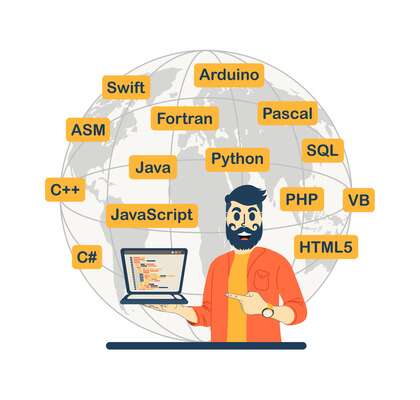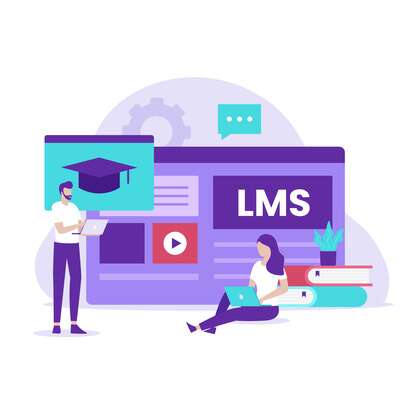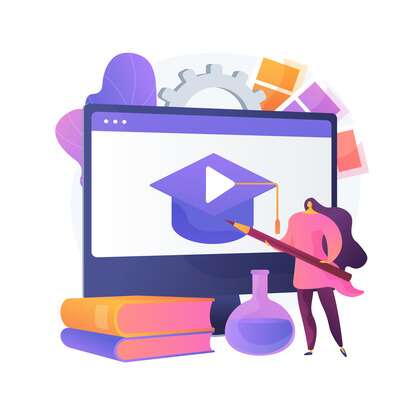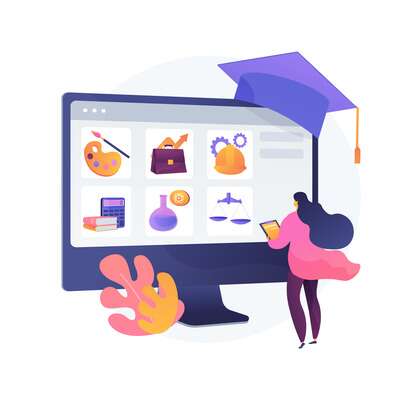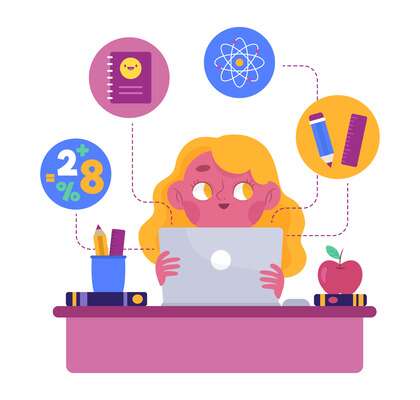Bridging the Gap: How Uptoskills Transforms Learning
In a rapidly evolving world, the demand for continuous learning and upskilling has never been greater. The traditional methods of education often struggle to keep pace with the rapidly changing demands of the job market and the advancements in technology. However, EdTech platforms like Uptoskills are stepping in to bridge the gap, revolutionizing the way we learn and acquire new skills. By leveraging innovative technology, expert instructors, and a learner-centric approach, Uptoskills is transforming the learning landscape and empowering individuals to thrive in the digital age. One of the key ways Uptoskills transforms learning is through its extensive catalog of courses. Whether you’re looking to develop your business acumen, enhance your technical skills, explore creative arts, or improve your language proficiency, Uptoskills has a wide range of courses designed to meet your needs. Each course is meticulously crafted by industry experts and experienced educators, ensuring that the content is up-to-date, relevant, and aligned with industry standards. This guarantees that learners are equipped with the knowledge and skills that are in demand in today’s competitive world. Uptoskills goes beyond just providing static course materials. The platform takes a dynamic and interactive approach to learning, employing multimedia elements, practical exercises, and real-world case studies. By incorporating these elements, Uptoskills creates an engaging and immersive learning experience that enables learners to apply their knowledge in practical scenarios. This hands-on approach not only deepens understanding but also cultivates critical thinking, problem-solving, and decision-making skills – all essential for success in the modern workplace. One of the standout features of Uptoskills is its emphasis on personalized learning. The platform recognizes that every learner is unique, with different goals, learning styles, and preferences. To cater to this diversity, Uptoskills provides a flexible learning environment where learners have the freedom to set their own pace and access course materials at their convenience. This flexibility allows individuals to learn at their optimal speed, ensuring that they can grasp concepts thoroughly before moving on to the next topic. Moreover, Uptoskills employs intelligent algorithms and data analytics to track learners’ progress and provide personalized recommendations, guiding them on their learning journey and addressing their specific needs. Uptoskills also fosters a collaborative learning environment, enabling learners to connect with instructors and peers through discussion forums, virtual classrooms, and networking events. This sense of community encourages active participation, facilitates knowledge-sharing, and enhances the overall learning experience. Learners can engage in discussions, ask questions, share insights, and even collaborate on projects with like-minded individuals from around the world. This not only expands their perspectives but also cultivates important interpersonal and communication skills, which are crucial in today’s interconnected world. Accessibility is another area where Uptoskills excels. Recognizing that learning should be accessible to everyone, regardless of geographical location or socioeconomic background, Uptoskills offers its courses online, breaking down barriers to education. Learners can access the platform from anywhere, at any time, using various devices such as laptops, tablets, or smartphones. This flexibility ensures that individuals can pursue their learning goals without being constrained by time or location. Additionally, Uptoskills’ user-friendly interface and intuitive navigation make it easy for learners to browse courses, enroll in programs, and track their progress seamlessly. Uptoskills also understands the importance of validating one’s skills and knowledge. To this end, the platform offers industry-recognized certifications upon successful completion of its courses. These certifications serve as tangible proof of a learner’s acquired skills and can greatly enhance their employability and career prospects. Employers value certifications from reputable platforms like Uptoskills as they demonstrate a candidate’s commitment to continuous learning and their dedication to staying updated with the latest industry trends and practices. Furthermore, Uptoskills is committed to making a positive social impact through education. The platform collaborates with non-profit organizations and educational initiatives to provide access to quality education for underserved communities. By leveraging technology and partnering with like-minded organizations, Uptoskills aims to bridge the educational gap and empower individuals from all walks of life to unlock their full potential. In conclusion, Uptoskills is revolutionizing the learning experience by bridging the gap between traditional education and the demands of the digital age. Through its extensive course catalog, interactive learning approach, personalized learning environment, and industry-recognized certifications, Uptoskills empowers individuals to thrive in a rapidly changing world. By embracing technology and fostering a global learning community, Uptoskills is transforming education and making quality learning accessible to all. Whether you’re a student, a professional, or a lifelong learner, Uptoskills is your partner in bridging the gap and unlocking your true potential.Bridging the Gap: How Uptoskills Transforms Learning








